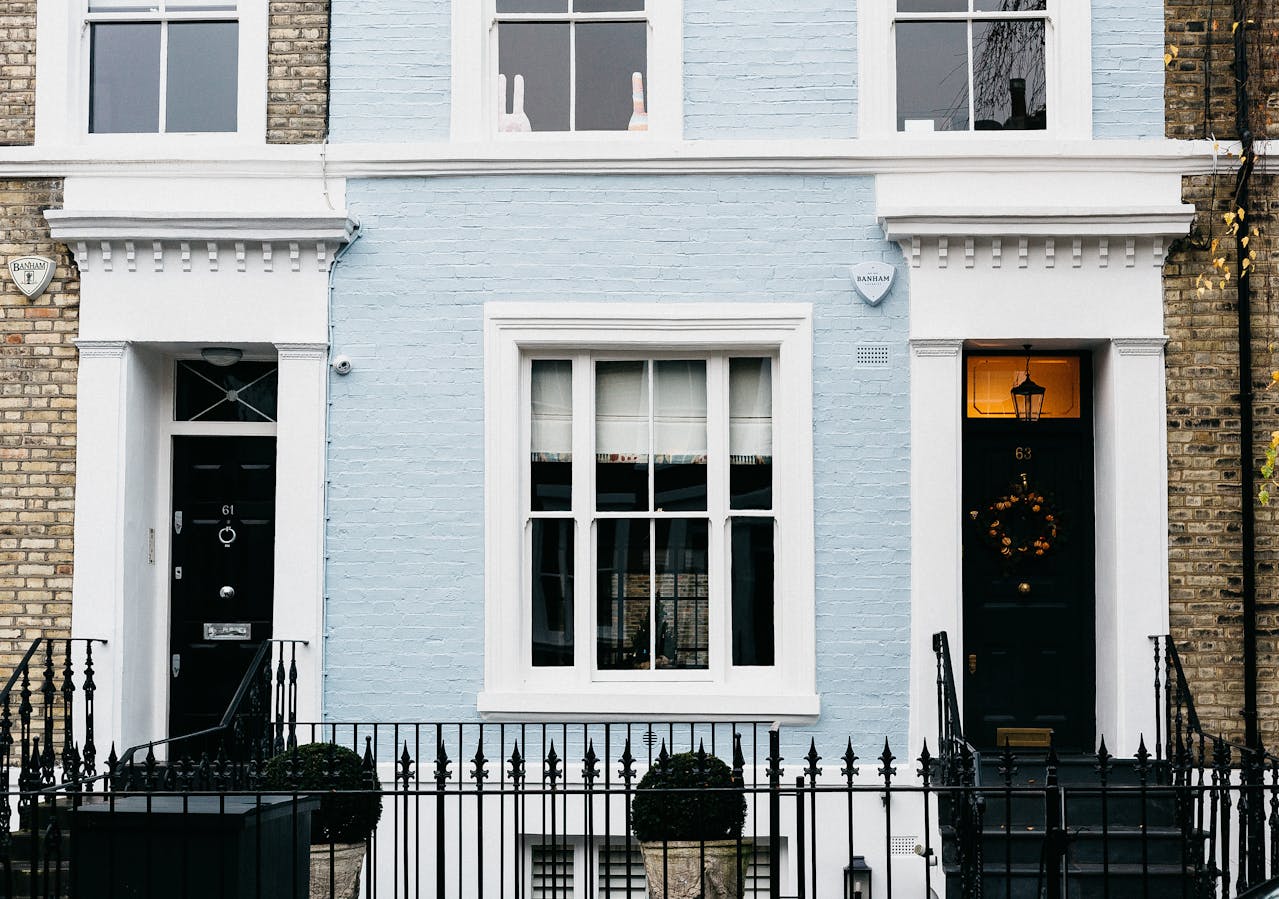London’s top property hotspots revealed—and the boroughs that lost out.
London’s housing market has always been a rollercoaster, but over the past decade, some boroughs have seen skyrocketing price growth while others have taken a hit. According to a new study by Bridging Finance London, Barking and Dagenham takes the crown for the biggest house price increase in London over the past 10 years.
The average house price in Barking and Dagenham jumped by a massive 58.58%, going from £216,631 in 2014 to £343,528 in 2024. Following closely behind, Bexley, Redbridge, and Havering also saw significant growth, with prices soaring by over 54%. Meanwhile, Kensington and Chelsea saw the sharpest drop, proving that even prime London postcodes aren’t immune to market shifts.
Barking and Dagenham: London’s Biggest House Price Growth
If you bought property in Barking and Dagenham a decade ago, congratulations—you’ve just made a huge return on investment. This East London borough saw the largest house price increase in London, climbing by nearly 59%.
Once an overlooked area, Barking and Dagenham has benefited from ongoing regeneration projects, improved transport links, and increasing demand for affordable housing close to Central London. As property prices in zones 1 and 2 continue to push people further out, areas like Barking and Dagenham have become attractive alternatives for first-time buyers and investors.
London’s Top 5 House Price Hotspots
If you’re wondering where to invest next, these are the London boroughs with the biggest house price growth in the past 10 years:
London’s price hotspots over the past 10 years, by Bridging Finance London | ||||
Rank | Local Authority | Average House Price, November 2014 | Average House Price, November 2024 | Increase From 10 Years Ago |
1 | Barking and Dagenham | £216,631 | £343,528 | 58.58% |
2 | Bexley | £260,539 | £406,441 | 56.0% |
3 | Redbridge | £321,365 | £498,762 | 55.2% |
4 | Havering | £274,137 | £423,269 | 54.4% |
5 | Waltham Forest | £341,818 | £503,829 | 47.4% |
6 | Greenwich | £311,783 | £458,257 | 46.98% |
7 | Hillingdon | £321,914 | £465,231 | 44.52% |
8 | Enfield | £313,472 | £452,341 | 44.3% |
9 | Newham | £279,108 | £399,803 | 43.24% |
10 | Sutton | £313,785 | £445,386 | 41.94% |
These areas have seen consistent house price growth, driven by regeneration, better transport links, and more people looking for affordable alternatives to central London.
The Boroughs That Lost Out
While most London boroughs saw property prices increase, four actually declined over the past decade. Kensington and Chelsea took the biggest hit, with a shocking 21.59% drop.
London boroughs with the biggest house price decreases:
- Kensington and Chelsea: -21.59%
- Westminster: -4.2%
- Camden: -2.8%
- Hammersmith and Fulham: -1.5%
These drops suggest that high-end luxury markets have become less attractive post-Brexit, with international buyers holding back and affordability becoming a serious issue.
London vs. The Rest of the UK
London might be the UK’s most expensive property market, but its growth over the past decade has been underwhelming. The capital saw a 27.56% increase in average house prices, making it the worst-performing region in the UK.
Meanwhile, areas like Northern Ireland and the North West have outpaced London, thanks to lower property prices, strong economic growth, and increasing investment.
Top UK regions for house price growth (2014-2024):
- Northern Ireland – 72.06% increase
- North West – 65.59% increase
- East Midlands – 61.39% increase
What’s Next for London’s Housing Market?
London’s property market is at a crossroads. While some boroughs continue to thrive, others are experiencing a slowdown.
Will Barking and Dagenham remain London’s property hotspot? With new developments, transport upgrades, and growing demand, the area still has potential for further growth. Meanwhile, Westminster and Kensington may struggle to regain value, unless international investment bounces back.
As house prices continue to shift, first-time buyers, investors, and homeowners will need to keep an eye on emerging areas. Affordability, transport links, and regeneration projects will remain key factors in London’s ever-changing property market.





